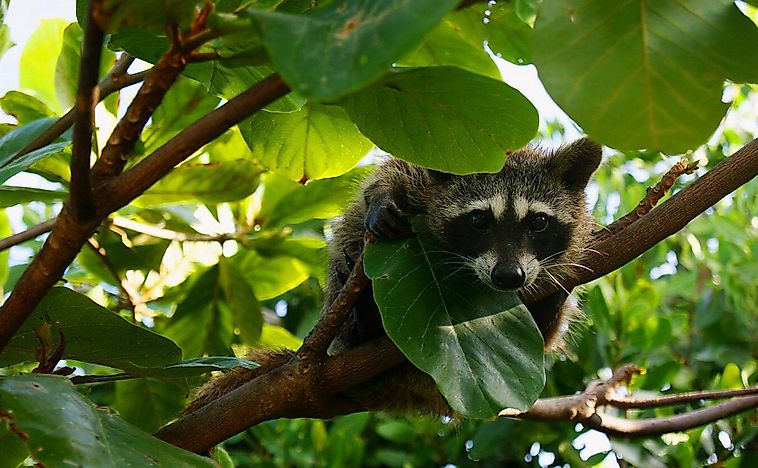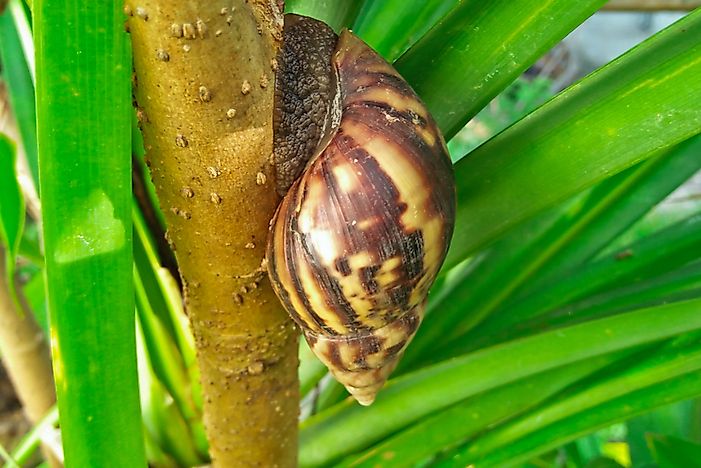
Vancouver Marmot
Critically Endangered
The Vancouver Marmot (Marmota vancouverensis) is a critically endangered species inhabiting the open alpine habitat in the mountainous reigons of vancouver island in the Canadian province of British Columbia. Habitat loss due to changing climate is one of the primary reasons held responsible for a decline in the population of this species. Habitat loss due to changing climate is one of the primary reasons held responsible for a decline in the population of this species.

Red Wolf
Critically Endangered
The Red Wolf (Canis rufus) is a critically endangered species of wolf that is native to the eastern United States (US). This species once occupied range throughout the south-eastern US but currently, its range is highly reduced, and only 50 of this species remain in the wild. Several factors have been responsible for the extermination of red wolf populations such as persecution by ranchers, environmental diseases, parasite infestations, competition for food and other resources.

Pygmy Raccoon
Critically Endangered
The Cozumel raccoon or the pygmy raccoon is a species of raccoon endemic to the Cozumel Island, off the coast of Mexico. The raccoon primarily inhabits the mangrove forests, and sandy wetlands near the coastline of the island but small populations also exist in some other parts of the island. Only a few hundred raccoons survive today, leading to their classification as critically endangered by the IUCN. Developmental activities on Cozumel Island, especially for tourism purposes, is held responsible for decimating pygmy raccoon populations in the wild.

Oahu Tree Snail
Endangered
All the 41 species of Oʻahu tree snails, snails belonging to the genus Achatinella, are threatened today. These snails are endemic to the island of Oʻahu in Hawaii. Disturbances in the ecosystem caused due to human activities are responsible for the large-scale extermination of these snails. Collection by humans for extracting their shells, predation pressures, loss of habitat, low growth rate, and low fertility rate, have led to a rapid decline in snail populations. Species introduced to the island by humans, either accidentally or intentionally, like the carnivorous snail Euglandina rosea and several species of rodents, which feed on these snails, is the biggest threat to their survival.